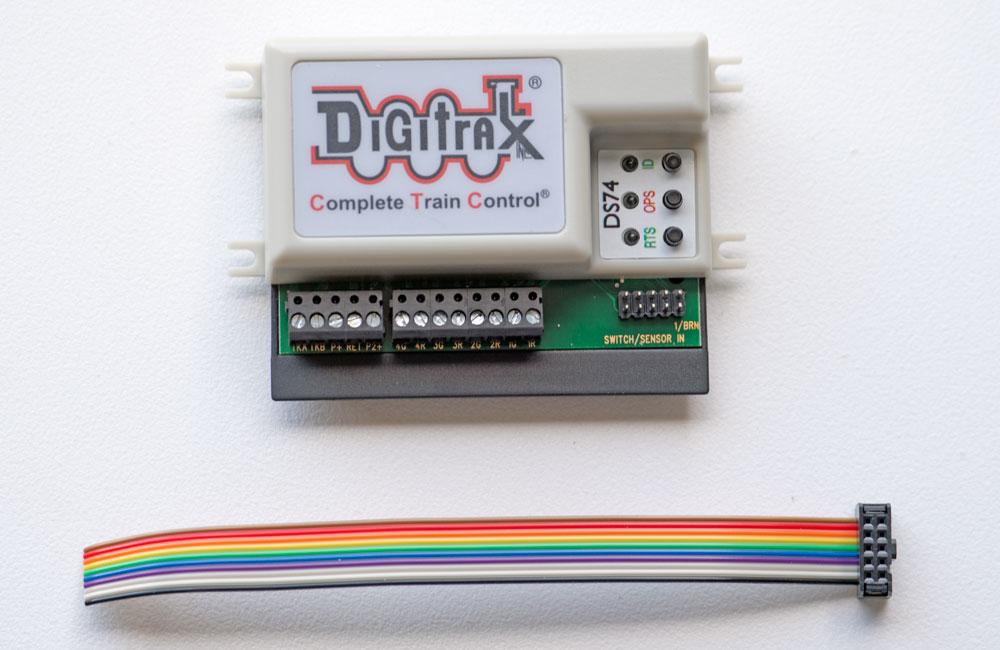
I’ve wired a number of control panels for clubs. Control panels stick out into aisles and therefore need to be rugged. Control panels also take a good amount of time to wire. If you make a change in your track, modifying the panel to reflect the change can be difficult. I’ve always liked being able […]
Read More…
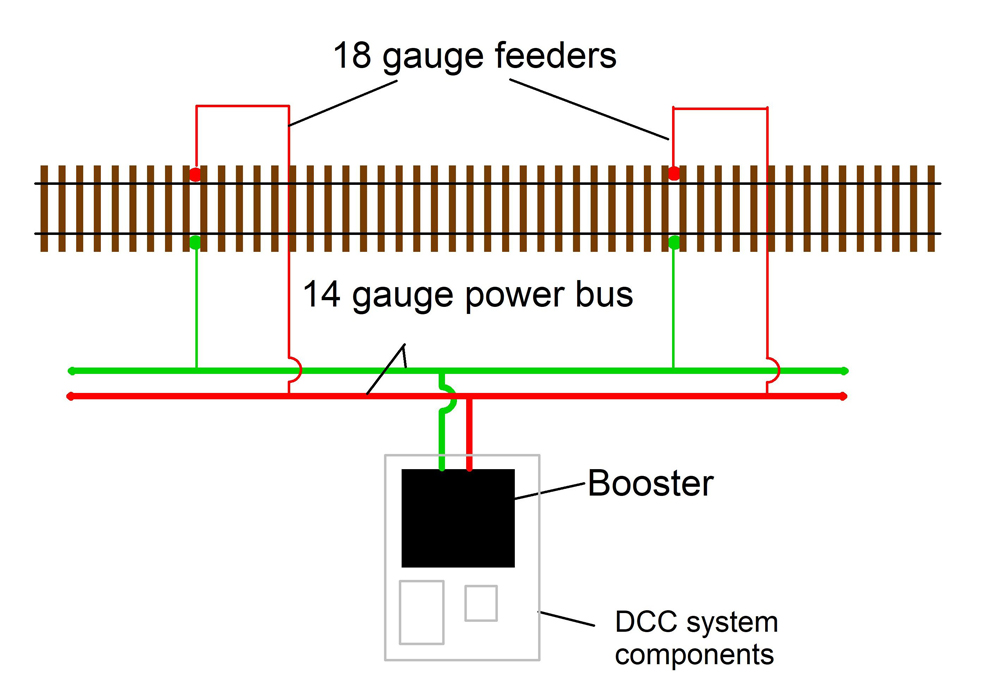
There is probably no other aspect of our hobby that creates more anxiety and confusion for newcomers than wiring. When you’re starting at absolute ground zero on the learning curve it can be daunting at times. However, at the most basic level, what we’re trying to do is get electricity from a power source to […]
Read More…
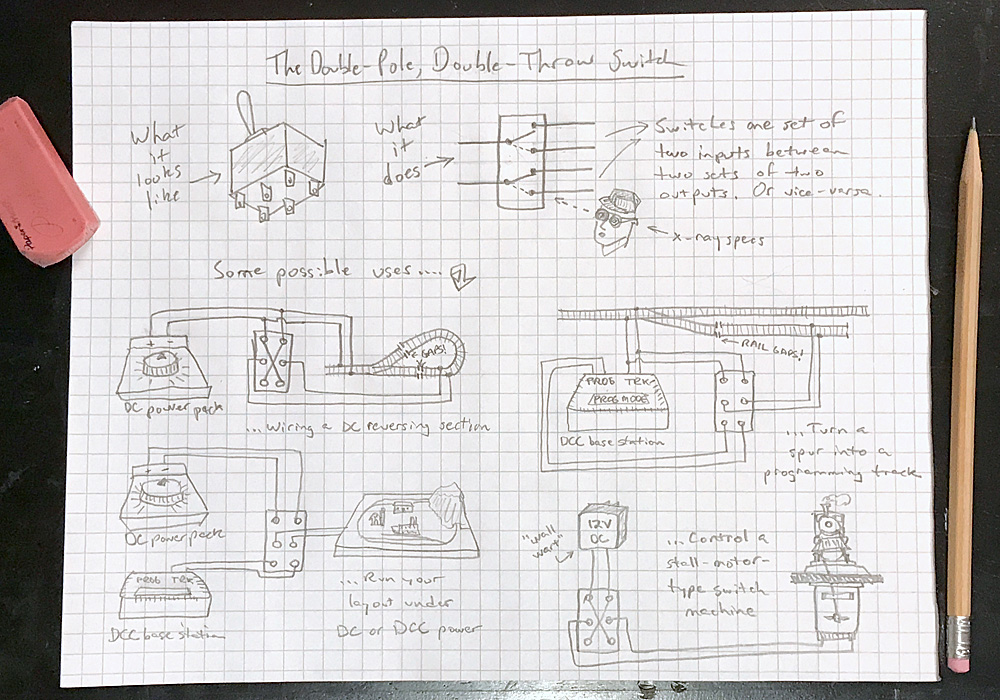
On a railroad, a switch usually refers to the moving parts of a turnout that routes a train between two possible routes. This time, though, we’re talking about an electrical switch: specifically, a double-pole double-throw switch (DPDT). It’s easy to understand a single-pole single-throw switch: it only has two states, open or closed, off or […]
Read More…
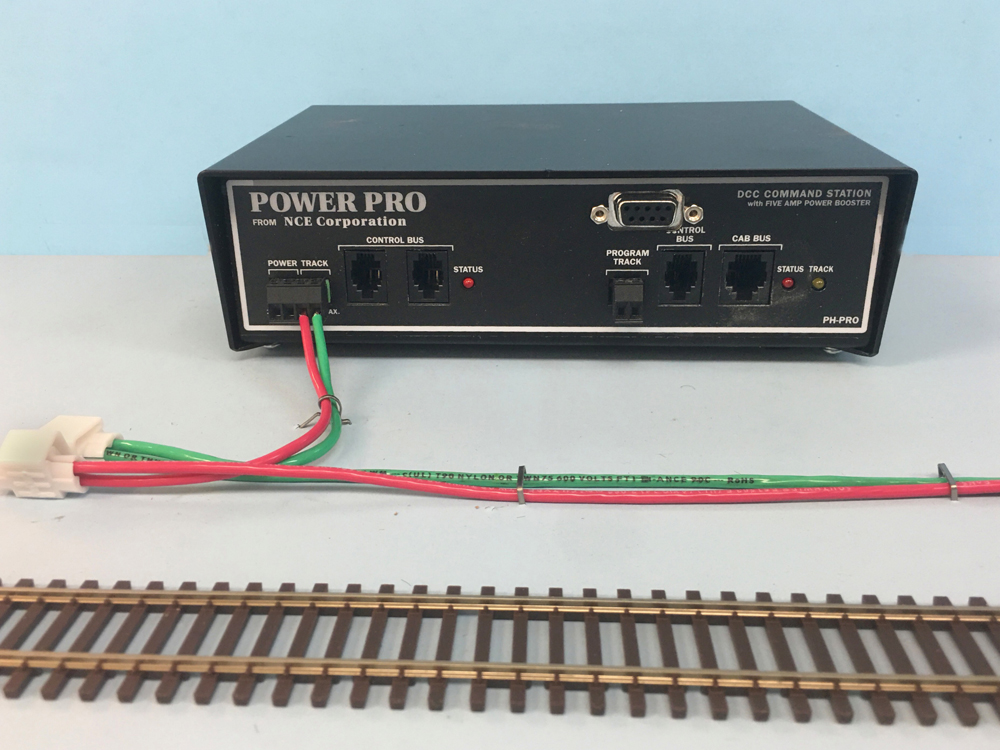
Track wiring your model railroad layout can be daunting, especially for beginners to the hobby. In order to help those looking to start, here’s a review of the bare-bones basics of wiring your layout that will help you get your trains up and running as quickly as possible. Run the wire bus roughly beneath the […]
Read More…
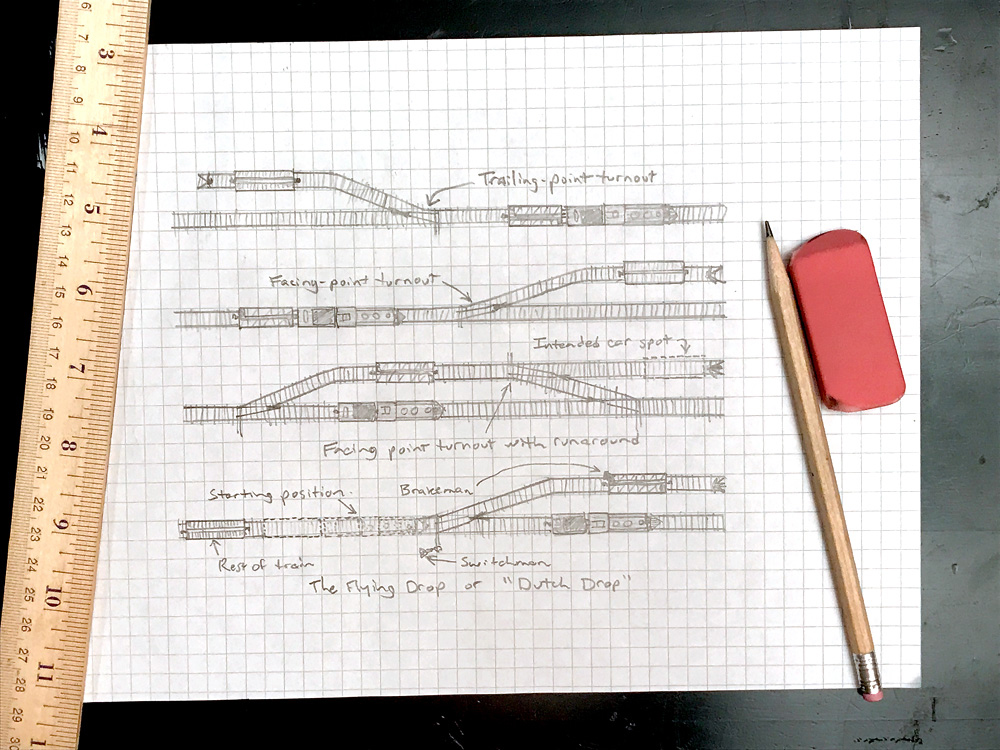
A turnout is where one track becomes two. The single track, where the movable point rails let a train choose between routes, is called the point end of the turnout. The two-track end, where the closure rails cross at the frog, is the frog end. And which end is which can make or break a […]
Read More…
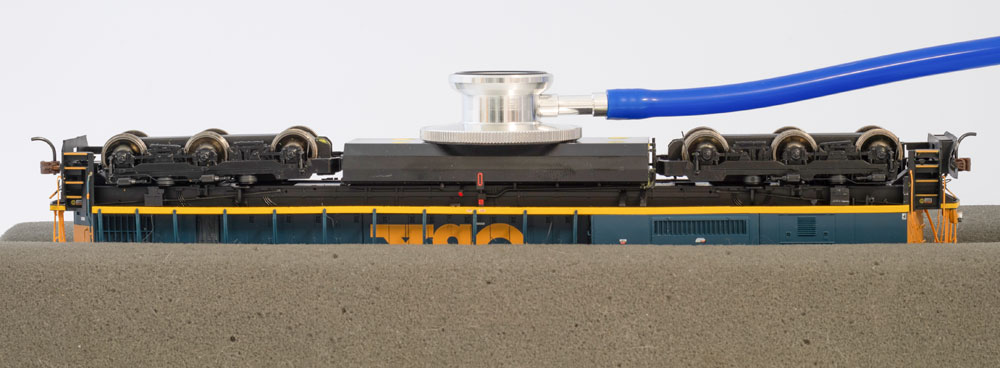
Good news! If your lifeless locomotive has ever run under Digital Command Control (DCC), chances are good that you can get it running again without having to send it off for repair. The solution is easy, too! More good news! If you have a new steam locomotive that doesn’t run or only partially works, maybe […]
Read More…
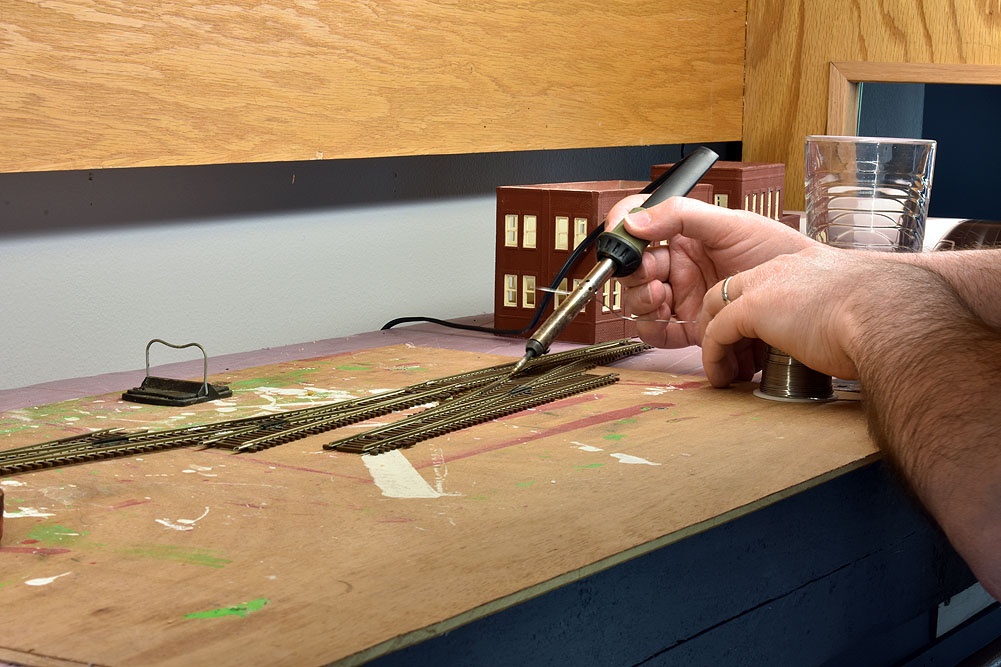
My little shelf layout is made from track and lumber salvaged from a small model railroad I was building in my apartment living room back in Pennsylvania before I moved to Wisconsin to work for Model Railroader. In my current living room, I only have room for a shelf layout, which is built into an […]
Read More…
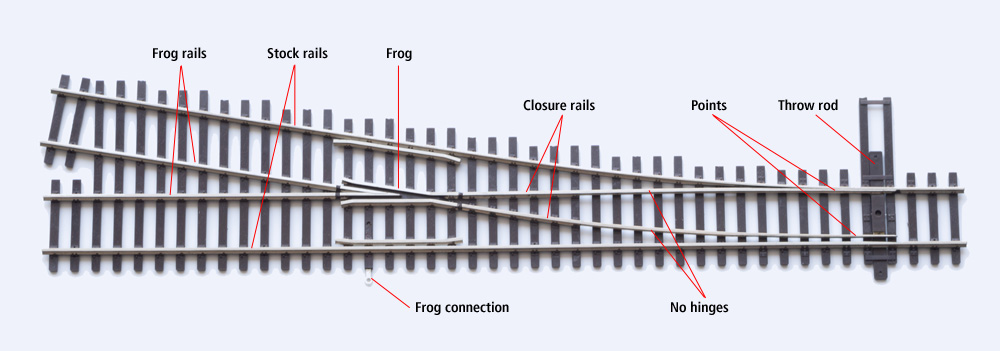
HO Scale Walthers turnouts introduction Like their predecessors, the latest generation of turnouts is DCC friendly. Turnouts that are DCC friendly minimize the possibility of a short shutting down part of a model railroad due to metal wheels contacting adjacent rails that are at a different polarity. The new Walthers Track line turnouts are available […]
Read More…
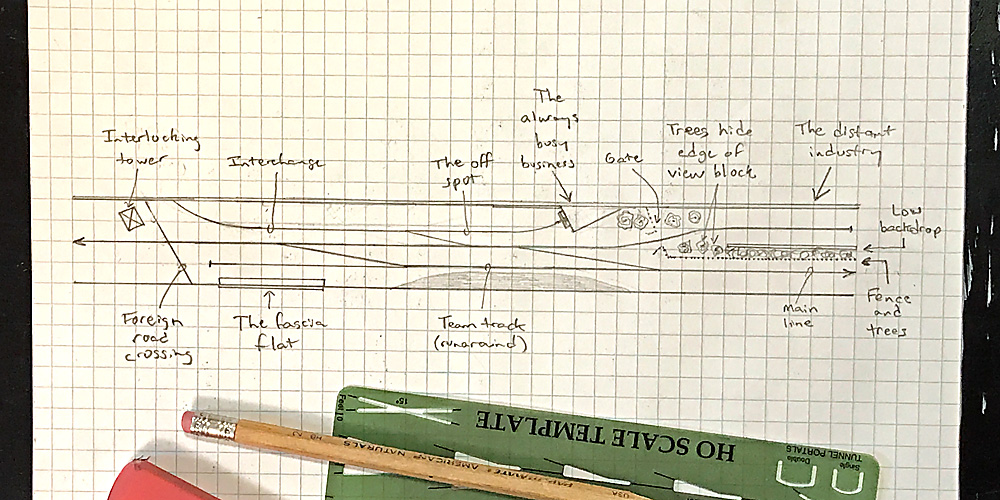
Model railroaders who want to maximize their mainline runs often resort to narrow shelves that hug the walls and zigzag through the middle of the room on long peninsulas. The tradeoff with this kind of design is that the more shelves have to fit into a room, the narrower they have to be. This limits […]
Read More…
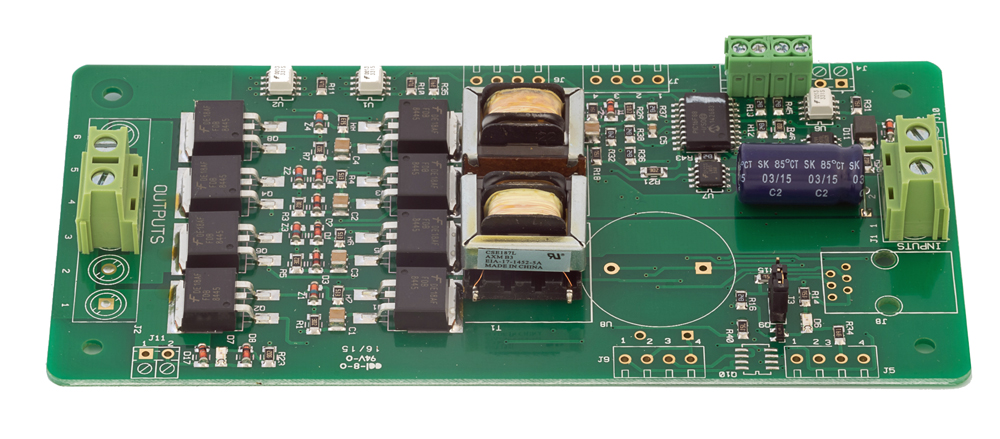
In the April 2021 issue of Model Railroader, I wrote about DCC reversing sections. I briefly touched on some automatic reversing section controllers (ARSC) that are available. This month I will focus on ARSCs that do more than just the basic reversing functions. Have no fear, because all ARSCs still work with as few as […]
Read More…
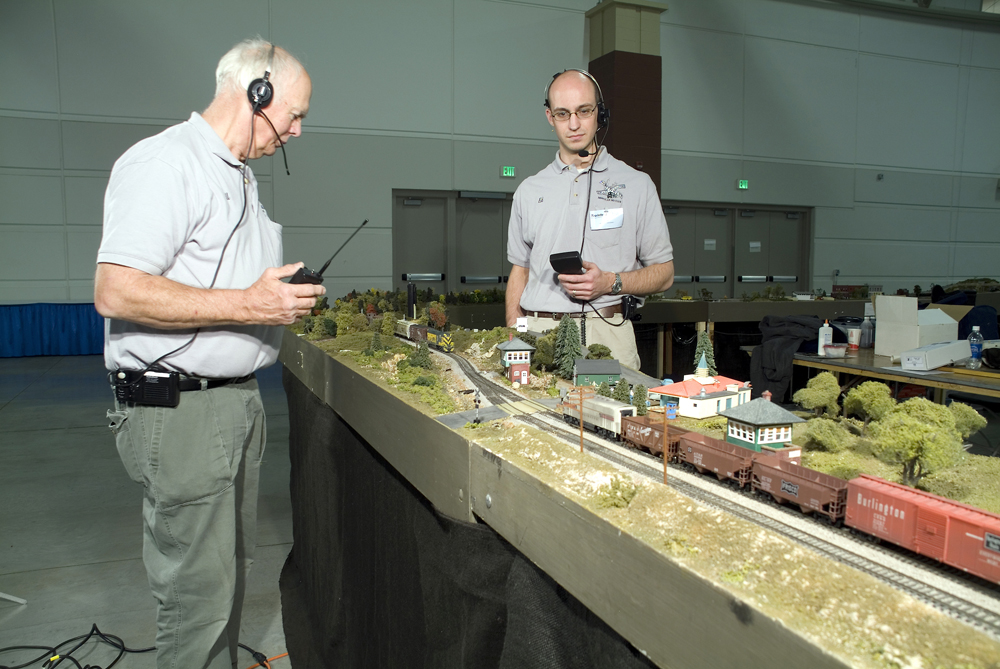
Most modelers have heard of modular railroading, or even practice it themselves. Modular railroading is an easy and practical way for a hobbyist (be they a beginner or more experienced) to create a mobile, and sometimes more manageable, layout. Modular layouts are built to a set of standards that allows an individual unit to connect […]
Read More…

When it comes to figures, it seems most modelers fall into one of two camps. Some use only figures in static poses, like sitting or standing. The others enjoy making active scenes, like busy station platforms or marching bands. I don’t remember putting very many figures on my previous layout [featured in Great Model Railroads […]
Read More…












